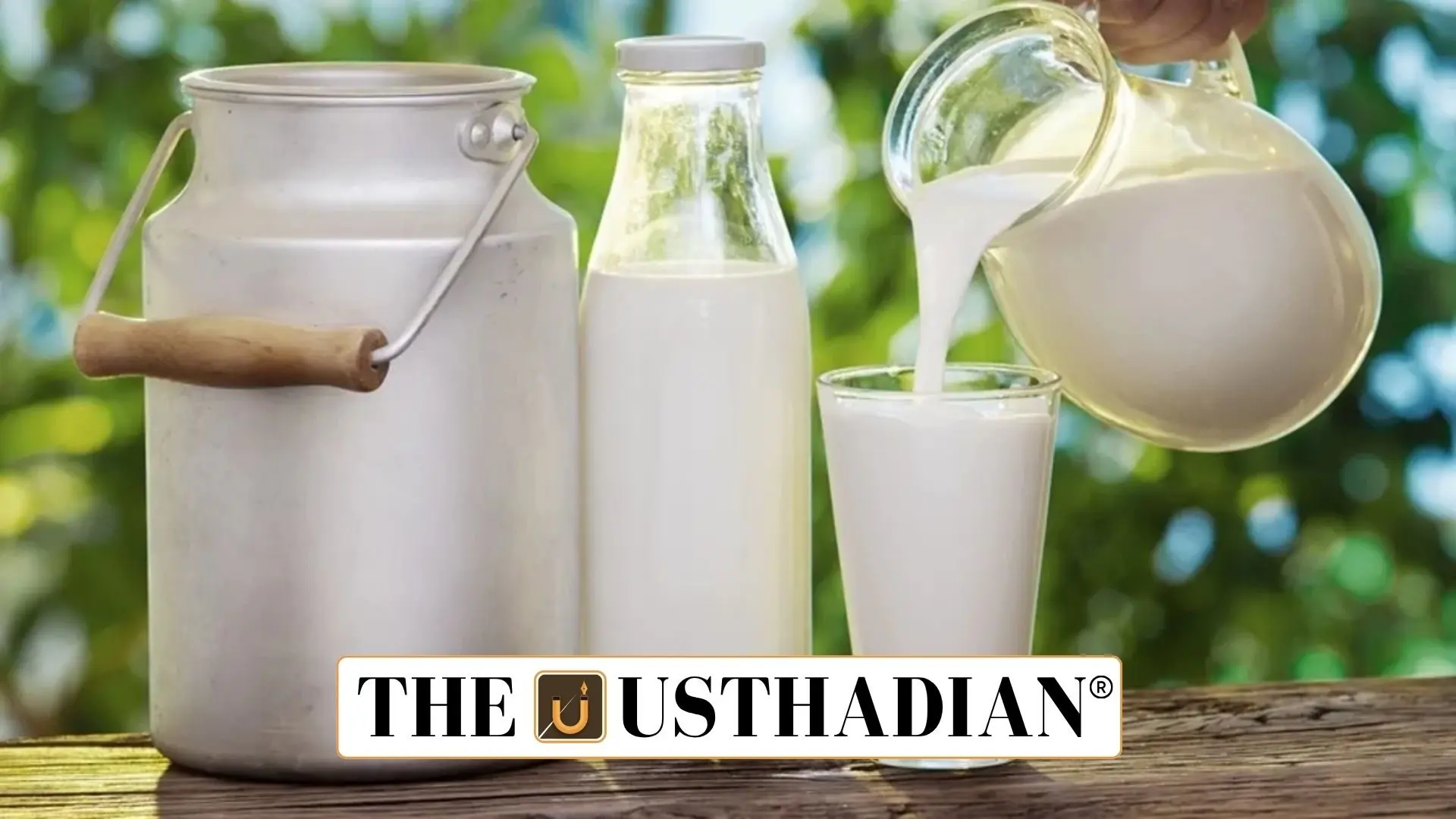India’s Rise as the World’s Leading Milk Producer
India Becomes the World’s Top Milk Producer: Growth, Challenges & Future Goals: India has officially become the largest milk-producing country in the world, contributing over 24% to global milk output. Union Minister Rajiv Ranjan Singh recently informed the Lok Sabha that milk production in India has reached 239 million metric tons (MMT). The government now aims to boost this to 300 MMT in the next five years, driven by continuous reforms like the Rashtriya Gokul Mission (RGM). With per capita milk consumption standing at 471 grams/day, India has surpassed the global average by a wide margin, reinforcing its dairy dominance.
Impact of the Rashtriya Gokul Mission (RGM)
Launched in 2014, the Rashtriya Gokul Mission has been pivotal in reshaping the dairy industry. It promotes the conservation of indigenous cattle breeds like Gir, Sahiwal, and Red Sindhi and focuses on genetic upgradation through artificial insemination. The initiative has led to the setup of modern dairy infrastructure, milk processing plants, and better access to veterinary services. The mission has also enhanced female workforce participation, with 75% of dairy employment involving women, benefiting around 10 crore people in total.
Challenges Facing India’s Dairy Sector
Despite rapid growth, India’s dairy industry faces several structural issues. Low productivity per animal remains a significant bottleneck when compared to global standards. Moreover, diseases like Foot and Mouth Disease (FMD) pose recurrent threats, while climate change impacts cattle health and milk output. Storage infrastructure is limited, causing high post-harvest losses, and price volatility in the dairy market often affects farmer stability. These concerns highlight the need for strategic intervention and modernization.
Vision for the Dairy Sector by 2030
To meet the 300 MMT milk production target by 2030, the government is focusing on expanding artificial insemination coverage and promoting climate-resilient farming. Plans also include enhancing disease surveillance and vaccination programs, encouraging cooperative and private dairy expansion, and building cold storage networks to reduce wastage. These efforts aim to ensure sustainable income for dairy farmers and elevate India’s position in global agri-exports.
STATIC GK SNAPSHOT
India Becomes the World’s Top Milk Producer: Growth, Challenges & Future Goals:
| Topic | Details |
| Current Milk Production | 239 MMT (2025) |
| Global Share | 24% of world’s milk output |
| Target for 2030 | 300 MMT |
| Per Capita Milk Consumption | 471 grams/day |
| Contribution to GDP | 4.5% |
| Employment in Dairy Sector | 10 crore people (75% women) |
| Key Scheme | Rashtriya Gokul Mission (Launched 2014) |
| Indigenous Breeds Promoted | Gir, Sahiwal, Red Sindhi, Rathi |
| Key Challenges | Low productivity, disease, climate impact, storage |
| Future Focus | AI coverage, disease control, cold chains, resilience |








